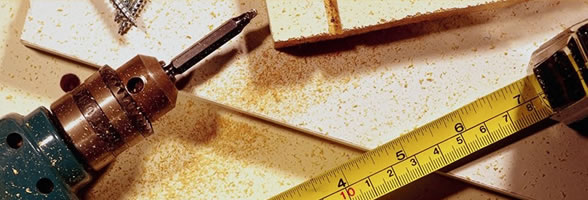
The Characteristics of Life
All living things are called organisms.
Metabolism refers to all the chemical reactions that occur in the cells of organisms.
Continuity of life is the ability of organisms to exist from one generation to the next.
Organisms achieve continuity by reproduction and heredity.
Characteristic of life:
1. Living things are organised.
- Organisms are composed of cells.
- Some have only one cell, i.e. unicellular
- Others are made of many cells, i.e. multicellular
- Groups of similar cells form tissue, e.g. muscle
- Tissues make up organs, e.g. heart
- Several organs working together form a system, e.g. circulatory sytem.

2. Nutrition.
- Nutrition is the way in which organisms intake and use food.
- Organisms can be autotrophic or heterotrophic.
- Autotrophs make their own food, e.g. plants.
- Heterotrophs cannot make their own food e.g. animals.
3. Excretion.
- Excretion is the removal of waste products made in the body cells.
- The excretory system removes the waste products.
4. Response.
- Response is the ability of an organism to react to change both inside and outside their bodies.
- Organisms must respond in order to survive in a changing environment.
5. Reproduction.
- Reproduction is the ability of an organism to produce new forms of life of its own kind.
- Reproduction can be asexual or sexual.
- Asexual reproduction involves only one parent.
- Sexual reproduction involves two parents.
